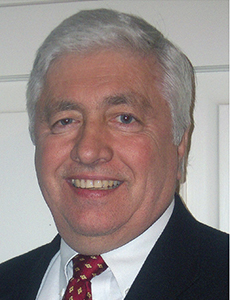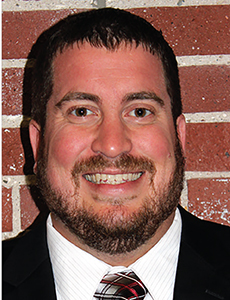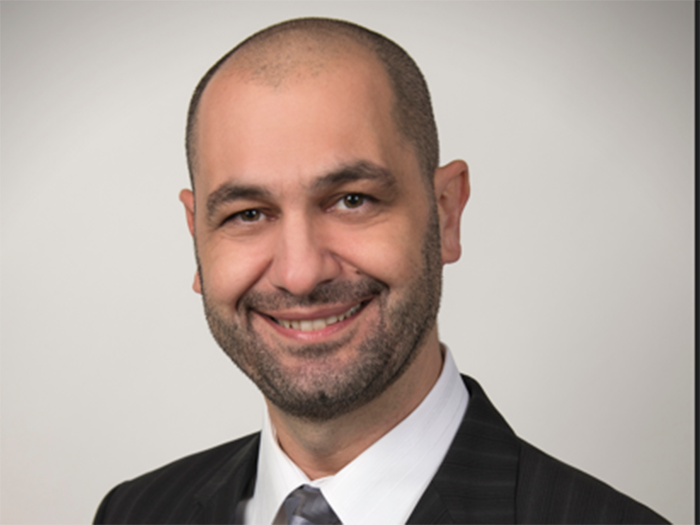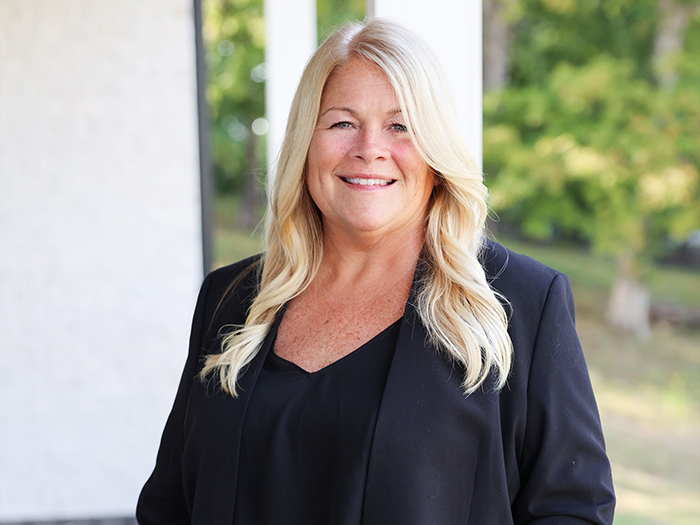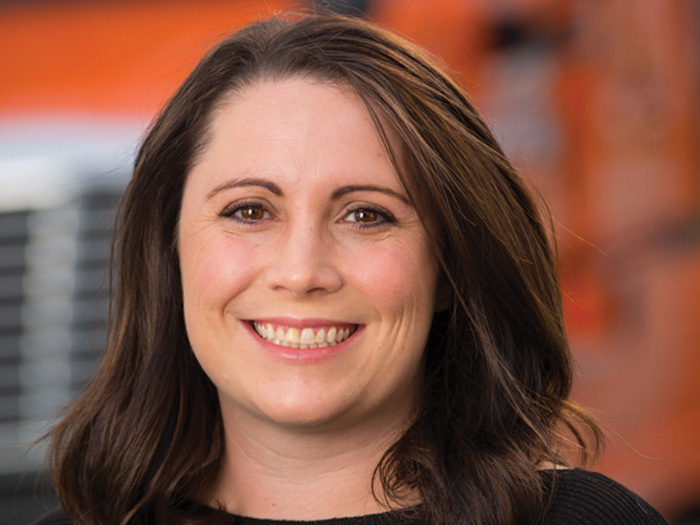In-Depth Series: Workers' Comp
In the Wake of Tragedy
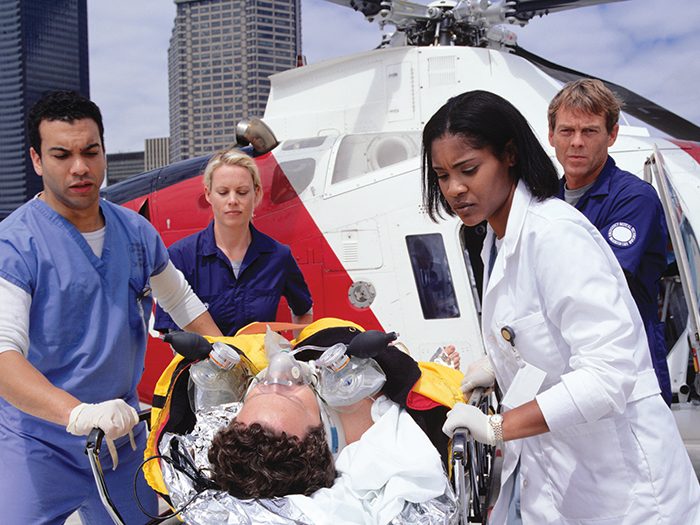
When a forklift operator in Washington State left for work at a construction supply company one morning, he was a healthy, married, home-owning karate enthusiast in his 40s.
By the end of the day, he had a spinal cord injury that left him paralyzed from the waist down. He also suffered a fractured pelvis and a closed head injury.
In well-managed workplace catastrophic injury cases, the above scenario triggers a rapid-fire series of events, both medical and administrative, said Gordon Padera, executive vice president, consultative, Gallagher Bassett Services Inc. The first and most urgent is getting the best possible care for the injured employee as quickly as possible.
Ideally, said Sherri Hickey, director of medical management at Safety National, this should be at one of the country’s approximately 200 Level 1 trauma centers, which are best equipped and most experienced with “catastrophic injuries” — multiple traumas, third-degree burns over 25-plus percent of the body, amputation of major extremities, spinal cord injuries and traumatic brain injuries.
The “true” catastrophic claims are the sudden, disabling accidents that change the course and quality of the worker’s life, said Maureen McCarthy, senior vice president, claims, Liberty Mutual.
The term catastrophic is also applied to slow-developing or “creeping” claims, such as a sprained back from a slip, trip or fall that devolves into unmanageable pain, loss of ambulation, permanent disability or opioid dependence due to obesity, diabetes, psychological/social or other comorbid conditions.
The Crucial Hours After
Organizations — employers, carriers, third-party administrators and vendors — with well-rehearsed disaster plans produce better outcomes for their injured workers, said Padera, with fewer complications, less recidivism and greater restored function.
A “good” outcome means “a return to as healthy and productive a lifestyle as possible,” McCarthy said, given the worker’s age, health, and extent and nature of the injuries. It seldom means a return to pre-injury functionality.
The National Council on Compensation Insurance estimates that catastrophic injuries account for only 0.4 percent of claims but 14 percent of total loss costs.
In the best-case scenario for a worst-case tragedy, McCarthy said, the employer immediately notifies state workers’ compensation authorities and the workers’ compensation carrier. A nurse case manager, either in-house or through a contracted vendor that specializes in catastrophic injuries, can either direct the ambulance and response team to a center of excellence or meet the worker and his or her family at the nearest hospital. There, the nurse starts a strategy discussion with the family and doctors.
“Once we’re involved, we can start to add value,” McCarthy said. “We ask, ‘Is this the right facility? Should he stay in this hospital until he’s stable? Should we medevac him to a facility that specializes in catastrophic injuries?’ We quickly bring in the right resources.”
Taking Away Lessons
Estimates for the frequency of catastrophic workplace injuries vary widely. The U.S. Bureau of Labor Statistics has no mechanism for collecting data on permanent disability, said Jim Rice, a BLS economist; it measures a non-fatal injury’s severity by days missed from work, and stops counting at 180 days.
The National Council on Compensation Insurance estimates that catastrophic injuries account for only 0.4 percent of claims but 14 percent of total loss costs.
McCarthy noted that about 20 percent of workers’ compensation claims drive about 80 percent of total workers’ compensation claim costs. That includes slow-developing claims that can cost multimillions over their lifetime.
The growing use of robots, lifting devices and restraints contributes to a drop in injuries, said Paul Braun, managing director, Aon. On the other hand, the aging workforce could add more injuries.
“Older workers are more susceptible to injury, and they take longer to heal. Their injuries are more prone to complications from comorbidities.”
The initial investigation that a catastrophic injury triggers with most risk managers is in part responsible for the improving safety trend, said Padera. Gallagher Bassett documents the incident with witness statements and photographs. That information helps it work with its customers to minimize the chance of any recurrence.
Often employers hire safety consultants after an incident or OSHA citation, said Matt McCreery, senior safety consultant, Safety Resources. The frequency of preventive or after-the-fact safety audits, he said, should be determined by the hazards at the site.
For example, he said, a low-hazard pharmaceutical remodel with infrequent accidents would merit fewer audits, whereas a site with a worse record or a higher potential for disaster, such as a multi-employer skyscraper construction site, would demand weekly or daily inspections to demonstrate “reasonable care” and “teeth to the safety program.”
Some companies are “stuck in the old-school mentality of ignoring safety until there’s a crisis or regarding safety as less important than production,” McCreery said.
“The companies that employ us the most need us the least, but sometimes the light comes on, and they become more proactive.”
Better Call Saul
The safer the work conditions, and the more vigilant carriers and vendors are about best-in-class care, the less likely patients and families are to engage legal representation. All of the sources interviewed for this article reported few cases that reach litigation.
“When you provide the care that’s needed, you don’t see a lot of litigation,” Hickey said.
“There’s no misunderstanding of fraud, few issues of compensability. Some spouses immediately retain an attorney, but even then their cases seldom come to litigation.
Since workers’ compensation is the sole remedy in most cases, Hickey said, injured workers and their families can’t sue the employer for benefits, but suits occasionally arise if the plaintiffs feel the employer put the worker at high risk, she said.
Civil cases may also arise against third parties, such as when a teenager collides with a truck driver on a delivery route, said Jeffrey M. Adelson, managing partner, Adelson, Testan, Brundo, Novell & Jimenez, a California law firm that defends workers’ compensation cases.
Nurse case managers’ bedside communications with workers and families after accidents — the comforting and management of expectations — deflect some litigation, Braun said.
“People litigate because they don’t understand workers’ comp. When someone communicates all the workers’ comp benefits properly, they have less reason to hire an attorney.”
Carriers and vendors tend to be deeply averse to attorney involvement in catastrophic injury cases. “When the worker hires an attorney, it can drive up costs and delay communication and the overall progress of the claim,” said Zack Craft, vice president, rehab solutions, One Call Care Management.
But there are cases where “good attorneys on both sides can grease the wheels of communication by keeping their clients focused on the big picture,” said Adelson.
When issues arise, they tend to originate not in the workers’ compensation system but in the insurer’s ability to provide what the worker or family wants.
“Sometimes plaintiffs don’t understand why they don’t get a treatment for which there is no medical justification or certain home or vehicle modifications that aren’t covered under their benefits. And some defendants stubbornly focus on minor issues.” Attorneys can cut through that static, he said.
Some families hire attorneys to manage an injured workers’ funds or act as a patient advocate, especially if the case is going for a third-party or product liability settlement, said Ann Pereira-Ogan, director of marketing and communications at ReMed, a continuum of treatment program for people with traumatic brain injuries.
Attorneys may manage a client’s advance directive and health care proxies, said Pamela Popp, executive vice president and chief risk officer for Western Litigation.
“Carriers would love to see more advance directives,” she said, although society in general is squeamish about raising the subject of death.
“Carriers are caught with no decisions about health care at the most sensitive moments, so they take the most conservative route: sustaining life at a very high cost until someone makes a decision.” &
___________________________________________
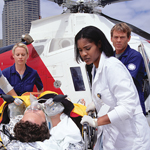 Facing the Unthinkable: What happens in the hours, days and weeks following a sudden, disabling injury?
Facing the Unthinkable: What happens in the hours, days and weeks following a sudden, disabling injury?
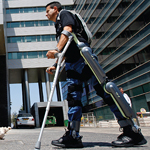 Road to Recovery: When it’s time to send patients home, there are new challenges to tackle, for both patients and payers.
Road to Recovery: When it’s time to send patients home, there are new challenges to tackle, for both patients and payers.
 Creeping Catastrophes: The final story of the series focuses on “creeping” catastrophic claims.
Creeping Catastrophes: The final story of the series focuses on “creeping” catastrophic claims.

